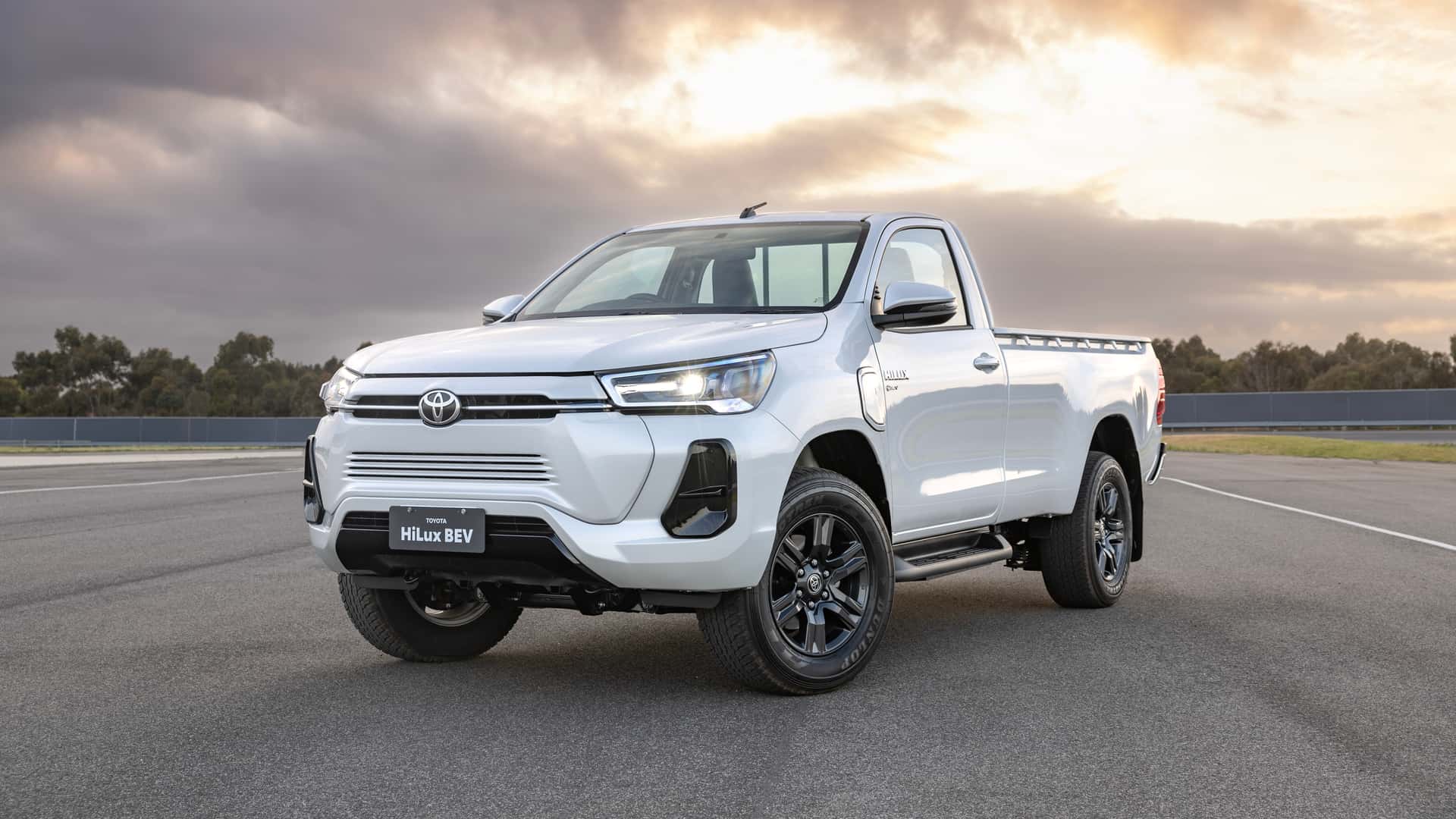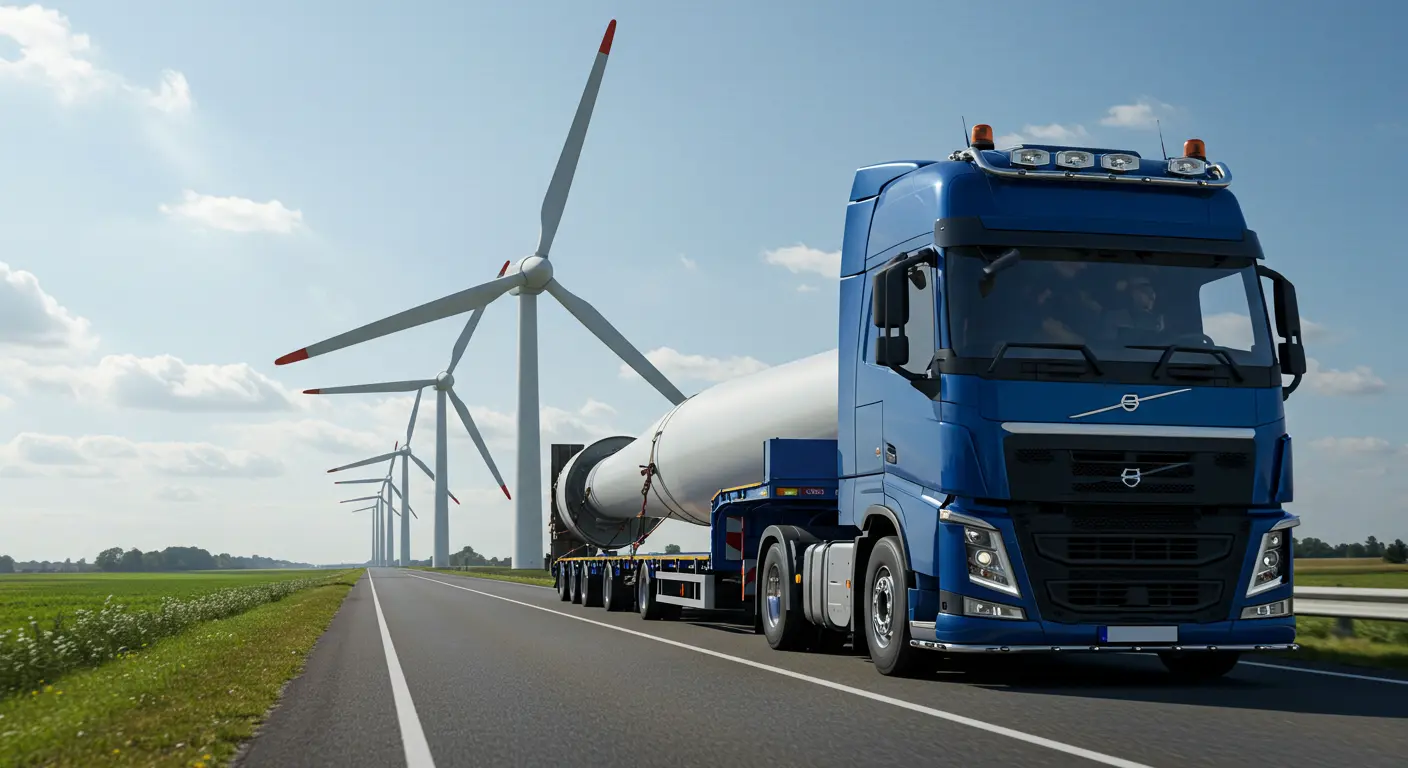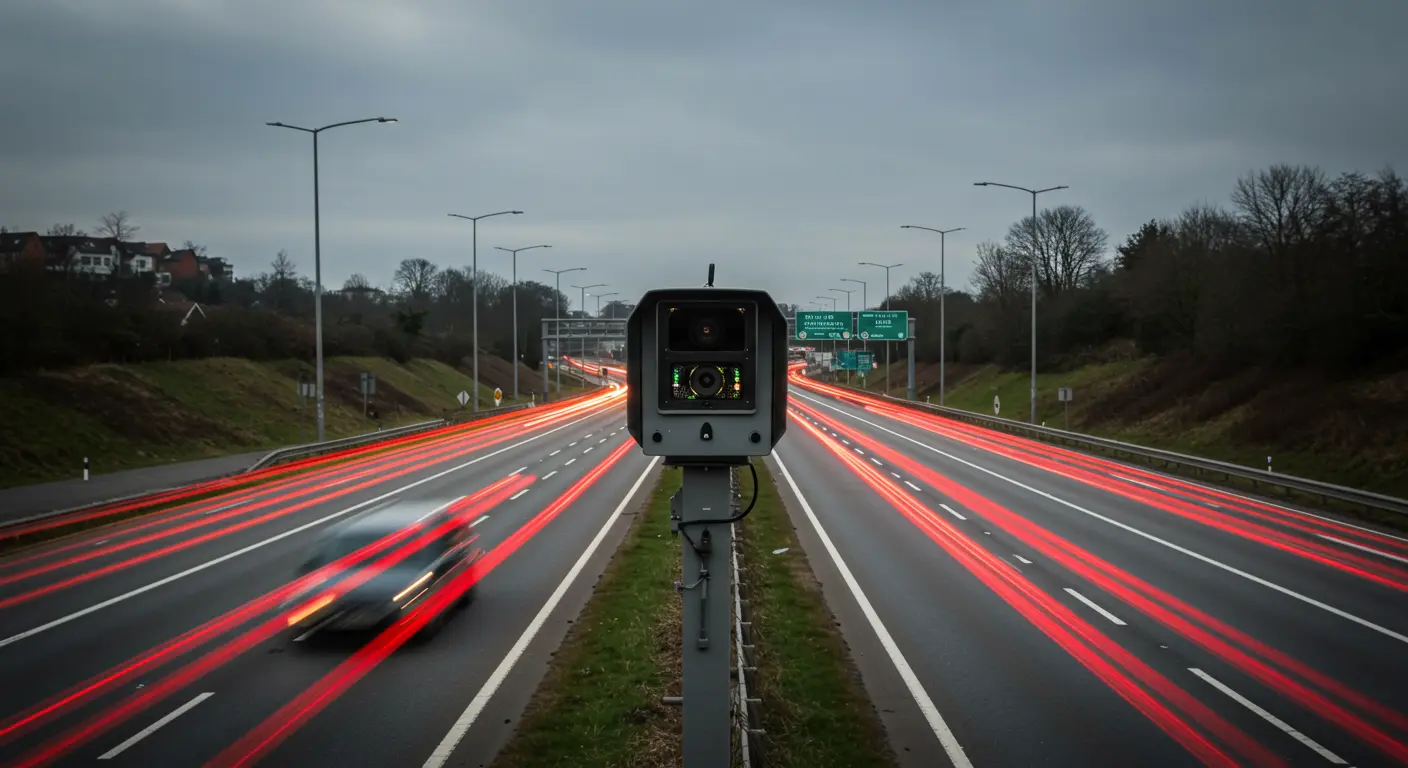The 2024 Toyota HiLux Revo BEV Concept represents Toyota's first foray into the electric ute market, showcasing the brand's vision for a zero-emissions future in the popular pickup segment. While still in concept form, this urban-focused, two-wheel drive pickup offers insights into Toyota's approach to electrifying one of its most iconic models.
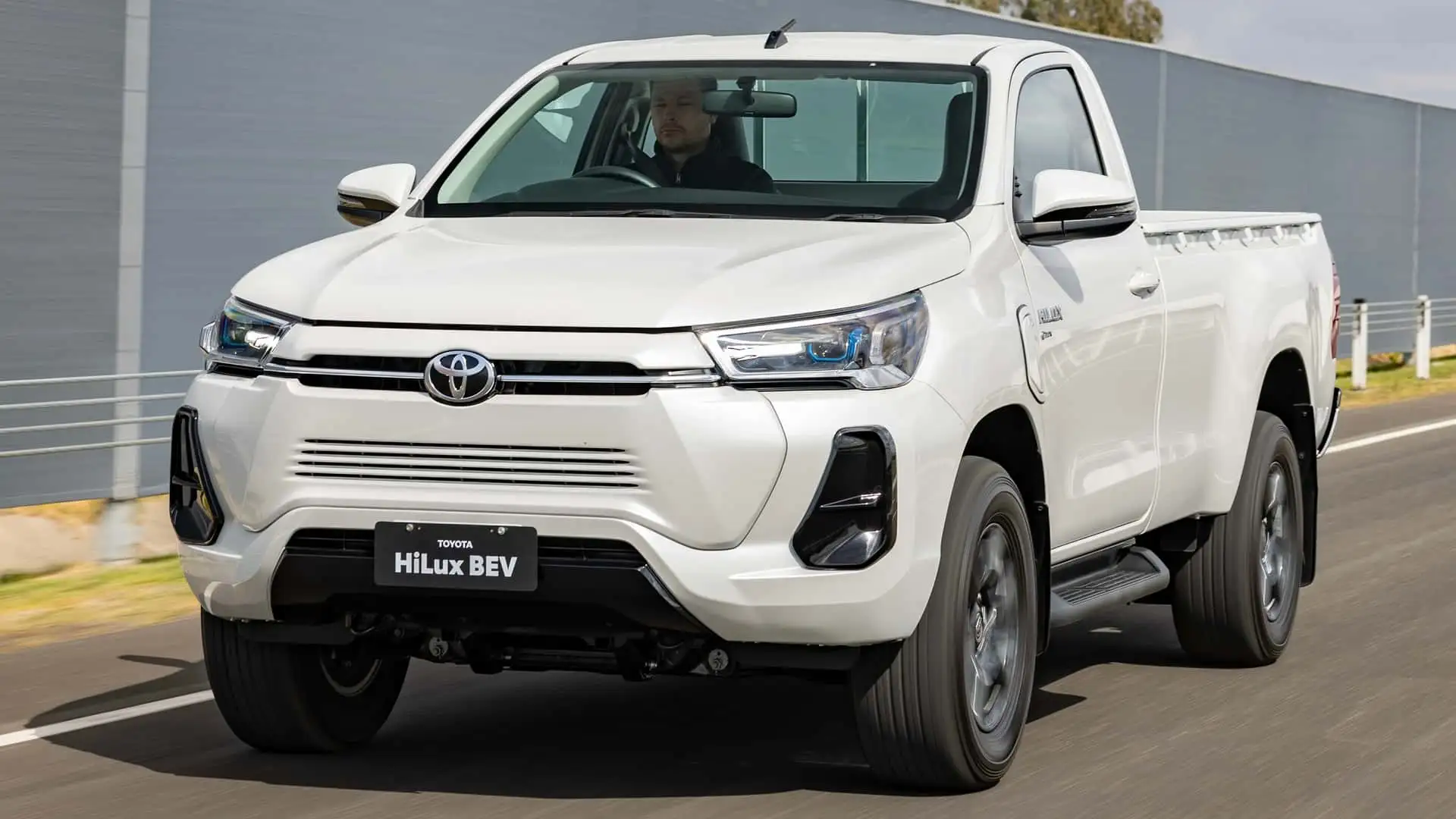
Key Specifications:
- Drivetrain: Electric, rear-wheel drive
- Range: Estimated 200-230km
- Charging: CCS2 port
- Acceleration: 0-100km/h in approximately 11 seconds
- Body Style: Single cab ute
- Dimensions: Similar to current ICE HiLux (Length: 5,265mm, Width: 1,800mm)
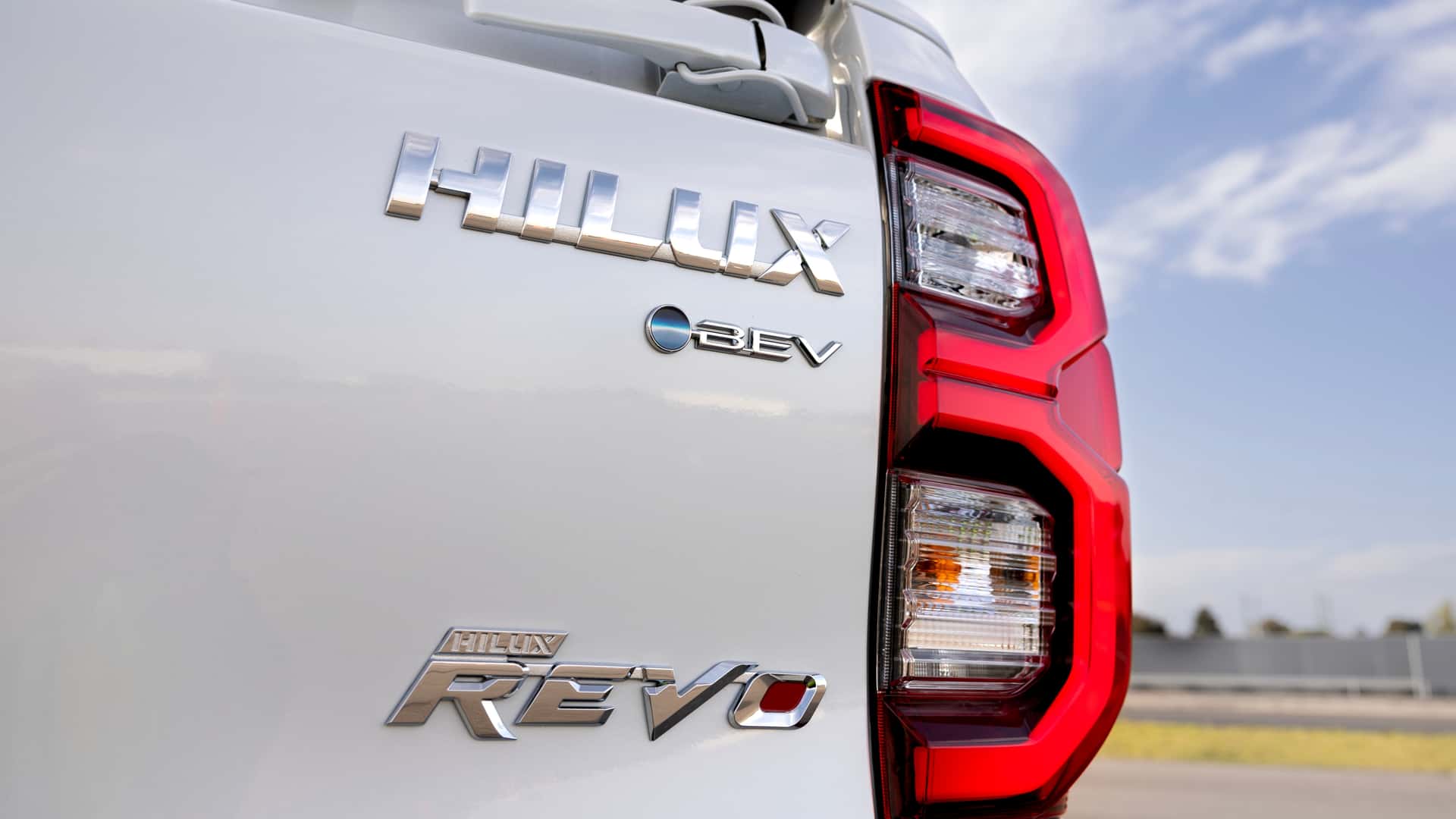
Performance:
- Urban-focused design for short-range use
- Quiet operation with initial strong acceleration up to 60km/h
- Limited performance at higher speeds
- Suspension: Leaf spring rear suspension, double wishbone front
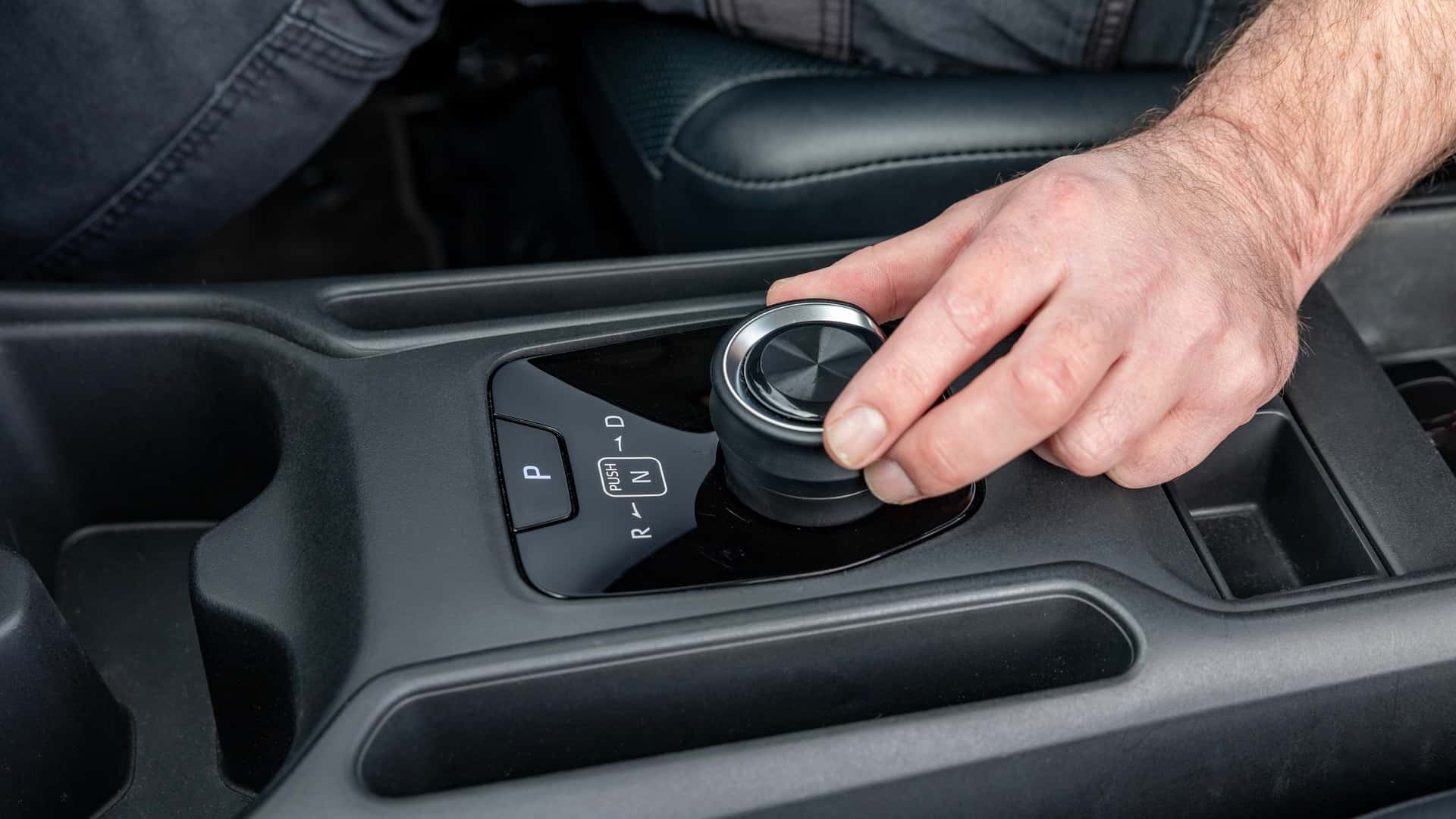
Interior and Technology:
- Production-like interior presentation
- Drive selector dial and electric park brake on center console
- Digital instrument cluster with battery gauge and power meter
- Estimated range display
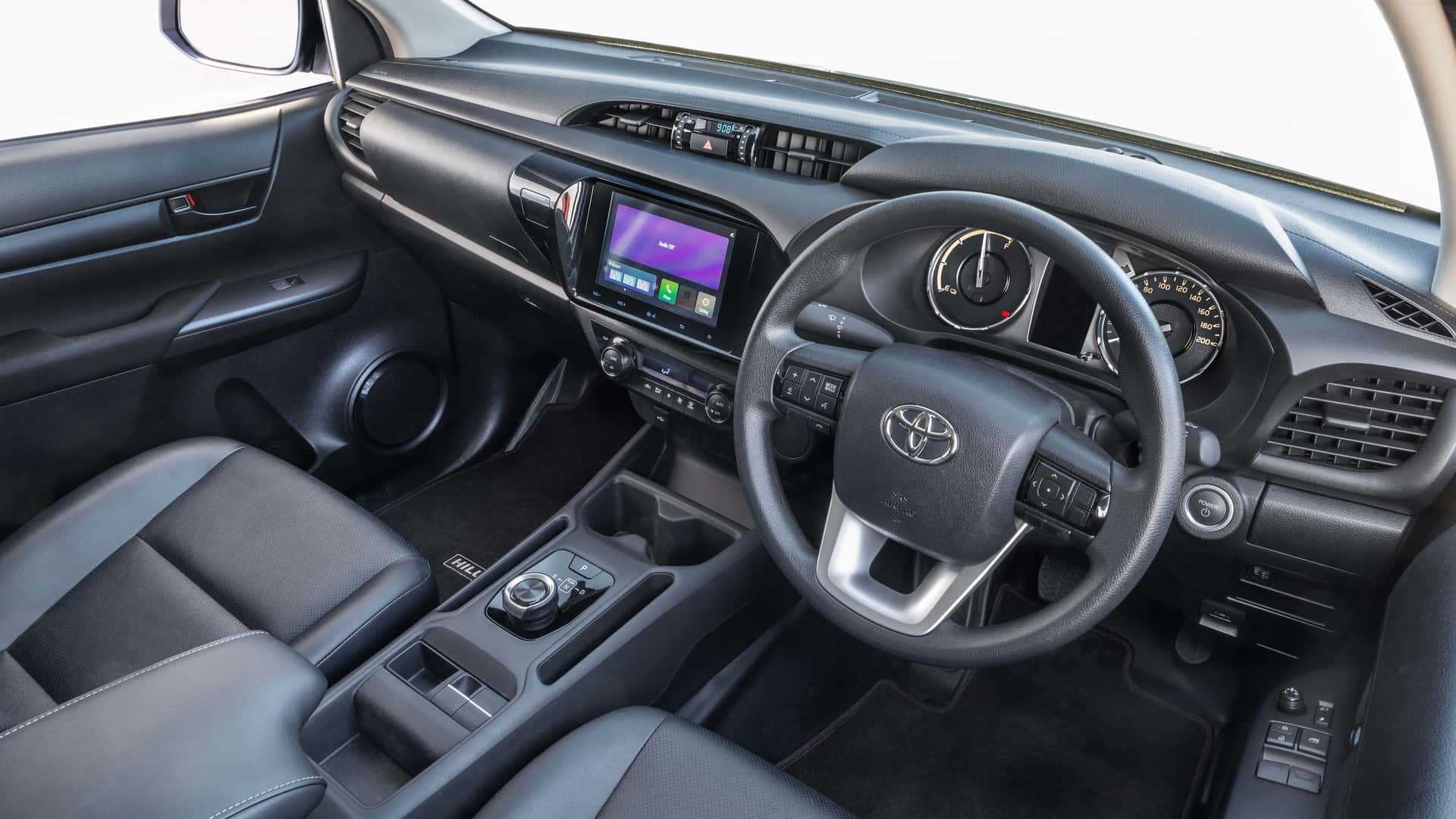
Pros:
- Zero tailpipe emissions
- Quiet electric operation
- Potential for lower operating costs in urban environments
Cons:
- Limited range compared to ICE counterparts
- Reduced performance and capability compared to traditional HiLux
- Concept status means many features may change before production
Final Comments:
The 2024 Toyota HiLux Revo BEV Concept demonstrates Toyota's commitment to exploring electric options in the ute segment. However, its limited range and performance suggest it's primarily aimed at urban fleet use rather than the diverse roles typically expected of a HiLux. As a concept, it provides valuable insights but also highlights the challenges Toyota faces in electrifying its popular ute lineup.
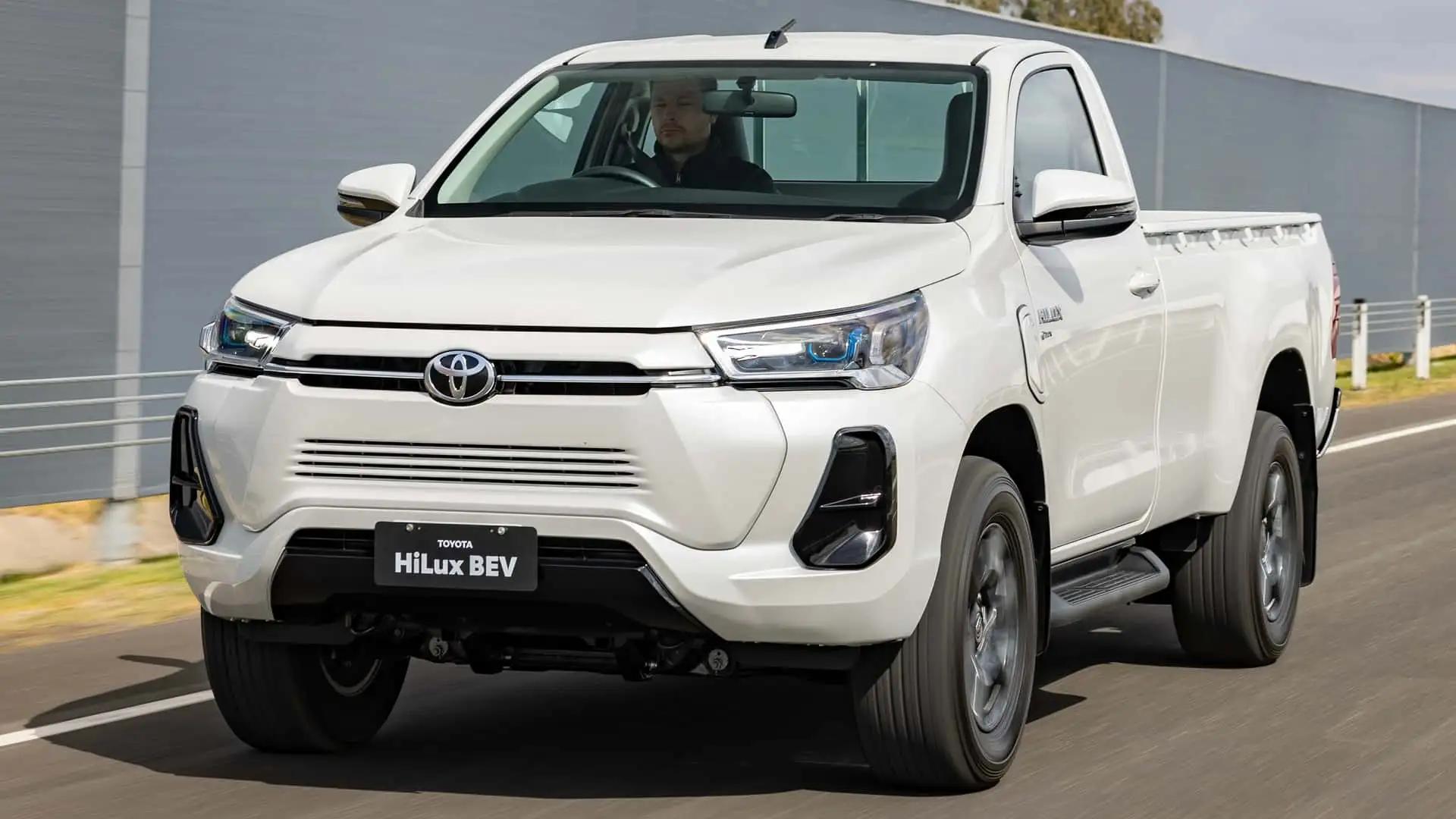
Ending Statement:
While the HiLux Revo BEV Concept shows promise for urban applications, Toyota will need to significantly enhance its range and capability to meet the expectations of traditional HiLux buyers. As the concept undergoes testing and evaluation in Australia, it will be crucial to see how Toyota addresses these challenges in potential future production models.
ALSO: Explore Everything Toyota
ALSO: Explore Toyota C-HR Review



